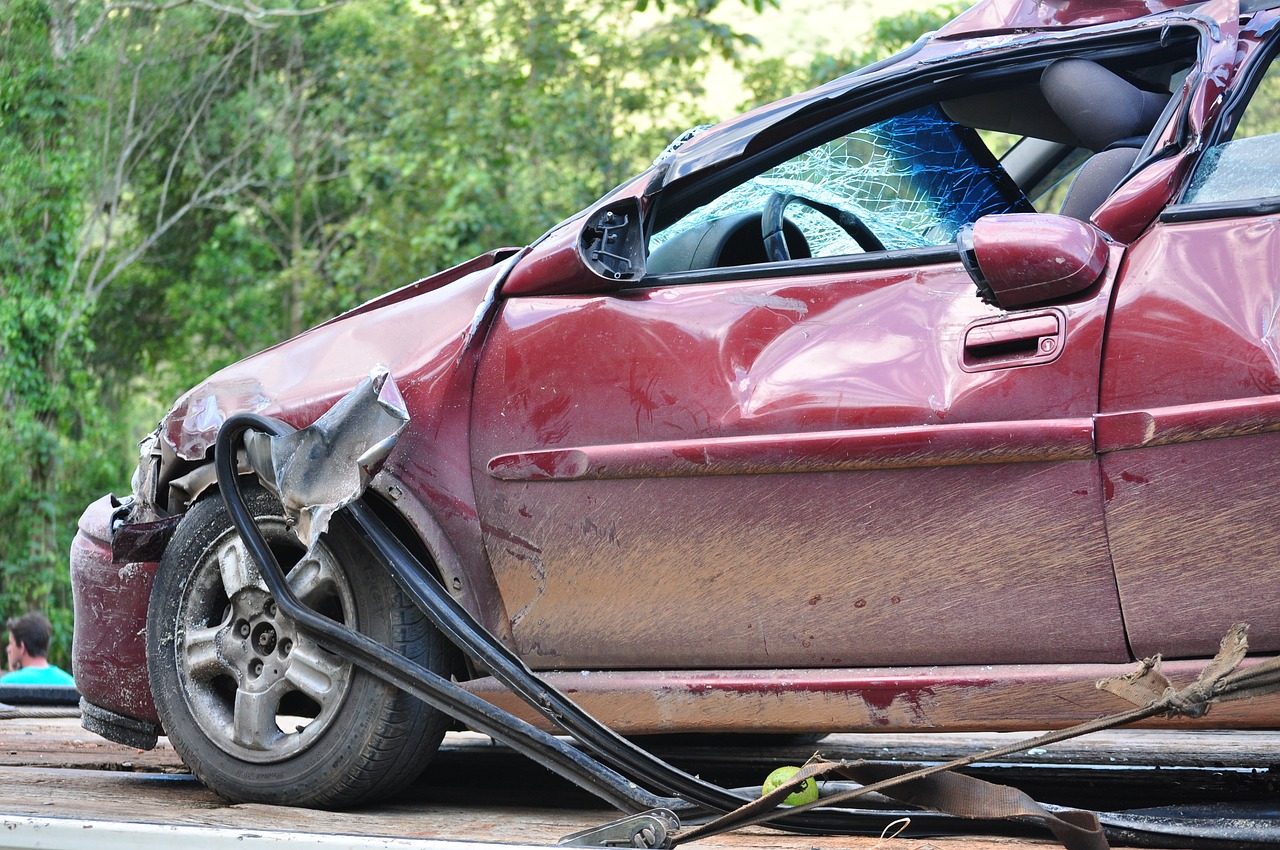According to a survey don’t be ABTA Figures, one in every five people plan their next vacation without travel insurance. It’s easy to forget travel insurance, especially if you got a last-minute deal. You can’t denounce the importance of travel insurance. To help you find a good policy, we are giving you a few things you should look out for!
-
How to Find a Travel Insurance Easily?
Shopping for travel insurance doesn’t have to be tough. If you are buying travel insurance for the first time you have no idea what to do, then use a comparison tool. There are several comparison tools available in the market, search for a reliable open and compare different policies.
iSelect Travel Insurance Comparison Tool is a reliable option. It compares different travel insurance policies and gives you the best option depending on your requirements. When comparing different policies, watch out for the following:
-
Baggage Claims
Ideally, you shouldn’t need receipts to claim for baggage. But if the company requires you to submit some proof, you should provide a list of all your baggage with receipts and their approximate value.
-
Different Excess Amounts
The insurance company might use excesses depending on your claim. For instance, the amount can be different if your claim is for cancellation, baggage loss or even personal liability. Ideally, one excess is applied per claim. Some changes might charge an expression per person or even per person for a section of the policy.
-
The Duration of Trip
The maximum duration of a trip should be 30 days or more. But every policy dictates their period for a trip. So carefully review the policy and see how many days you have.
-
Oversea Days
You should be allowed 120 or more overseas days ideally. But, read your policy carefully and see how many oversea days it allows you. If the company doesn’t offer more than 30 days, reject their offer. It’s not ideal for long term travel insurance.
-
Medical Emergencies
Accidents happen; therefore, travel insurance is made to cover medical issues, but not all of them will be covered by travel insurance. Pay close attention to activities covered in the basic policy and in which countries they are coved.
You don’t want to go to a country and later discover your insurance policy isn’t applied there. Moreover, look for activities that are not covered. Some high-risk sports are not covered in your basic policy; you might need to add a fee.
Search for Pre-existing conditions. Most policies won’t cover them, except for a few exceptions. Some policies add pre-existing conditions with an additional fee.
-
Personal Possessions, Money, and Documentation
Pay close attention to the policy’s terms and conditions, especially the section of about loss of personal possessions, documentation, and money. From personal experience, it’s more important what it looks. Take care of the legal paperwork. You don’t want to find out your policy doesn’t over anything once you paid the charges. Assure you have all important documents with you all the time.
-
Annual or Single Trip
Will you go on a short trip or do you want to travel the world for a bit longer? Most insurance policies are designed to cover every sort of a short trip, especially when traveling long term. There are different types of travel insurance, some are suited for short term, and long term.
Long term travel insurance plans are affordable and are more inclusive. There are also other policy options for long tips that won’t last for a year. You must select a policy that will last until the timeframe for your trip.
-
Personal Liability
As said above, accidents can happen and sometimes they may involve other people or their property. Personal liability element should cover the costs of property damage and personal injury. Accidents can be expensive.
-
Cancellation
In case you run into an emergency, you should be able to cancel the trip without additional charges or completely losing your money. Ideally, cancellation should cover the costs of airfares and railway fees.
It can cover non-refundable tours and tickets. You should read the terms and conditions of the policy. It will help you understand which circumstances are covered and how much you will have to pay if you end up cancelling your trip.
-
Primary or Secondary
There is a difference between primary and secondary coverage. The travel insurance company should pay all or a part of hospital expenses. With the secondary option, you will pay the hospital bills and submit your claim to the insurance company to get a refund. The insurance rates can vary between primary and secondary. So, be careful!
Travel insurance policies vary from term, area, time and other things. Before you go out to buy travel insurance, you should research the market, see the prices and look for an insurance pant that caters to your needs best without off-setting your budget.



